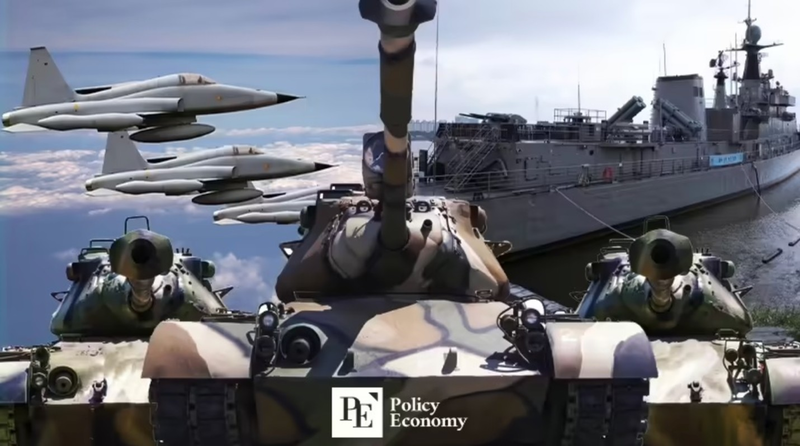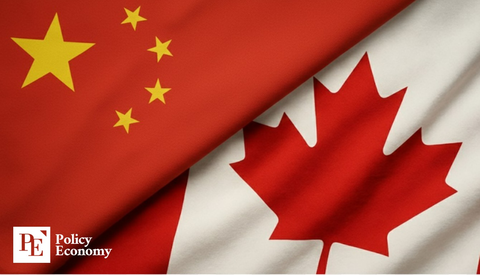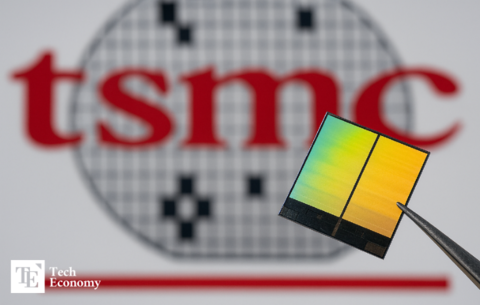How the World Sees Military Spending: Investment Opportunity or Threat of War?
Input
Modified
When guns are built, do markets see profit or peril? Some bet on growth, while others brace for trouble. The same act draws praise or fear, Marco may rise, but who steers the global mirror?
A recent economic analysis examines how international markets interpret military spending. Civilians rarely see it as a sign of imminent conflict, but rather as an investment opportunity that promises government contracts and industrial growth. That view applies even if the country later becomes involved in armed conflict. Yet this perception is uneven. For Western powers, such as the United States, the United Kingdom, and the European Union, military expansion is often framed as an investment in defense technology, rather than aggression. In contrast, military buildup by nations like Russia, China, or Iran is frequently interpreted as preparation for war. Had economists differentiated actions by country, their conclusions about war‑related risks might have been very different.

Investment or Alarm Bell?
Cross-border lending flows respond to signals from the host-country government spending. When a country increases its military budget, lenders typically interpret this as a sign of fiscal solidity, assuming the country is using defense investment to deter aggression. That approach has driven an influx of capital into sectors like aerospace, cybersecurity, and advanced manufacturing. From this perspective, war is a risk, but a nation-to-nation conflict is a possible signal, not necessarily a sign of future hostilities.
Yet real-world events complicate the picture. When countries increase military spending in anticipation of domestic threats or conflict, it may signal the onset of war. That nuance is often lost in financial analysis. Wall Street sees contracts signed and factories mobilized, concluding that growth is underway. It seldom accounts for the source or intent of the spending.
This interpretive blind spot is especially concerning when conflict risk is already high. International investors may back arms-related firms, assuming routine defense economics. Meanwhile, they end up funding gear that could be used to wage war or escalate regional instability. It underscores how generic financial models misclassify military spending as value-neutral, rather than context-sensitive.
Double Standards in Market Perception
Public discourse makes a clear distinction in how we describe different players. When the U.S. invests in next-generation fighter jets or missile defense, headlines say “defense tech investment.” Frequently analyzes notes on jobs, research breakthroughs, or civilian spin-offs. Government spending is justified as a deterrent and a means of fulfilling global responsibilities.
When Russia or China expands its military budget, the language shifts. Reports cite “military buildup,” “metal coming online,” and “threat of regional aggression.” Investment becomes ominous, even when spending levels or procurement types are comparable. The same pattern applies regionally. An increase in domestic arms in a fragile region is labeled a “warlike signal.” In developed democracies, it is deemed stabilizing or defensive.
This difference also matters in capital flows. Financial institutions may hesitate to direct funds toward securities tied to dominant authoritarian states due to reputational risk. But they routinely support Western firms producing similar technologies under the shield of democratic accountability. This split in evaluation creates a feedback loop. If investors perceive Western arms procurement as safe and expect high returns, capital flows support the same military growth they condemn elsewhere.
For lenders, borrowers in democratic states tend to enjoy lower credit spreads, even when their military budgets rise. Borrowers in autocracies face higher risk premiums. The result is a tacit double standard codified in global finance, which shapes how economies respond to macro-shocks driven by military policy.

Toward a Contextual View of Conflict Risk
The core problem is a lack of nuance. Economists and market analysts treat military spending as a uniform input without considering its geopolitical implications. Risk models might flag war in general, but often fail to differentiate between spending intended to deter aggression and spending designed to prepare for it.
If the original study had divided military spending by context, distinguishing between defense and expansion, they might have predicted fewer cross-border exposures in some instances. For example, capital flows into defense firms in the EU would come with lower risk tags than similar investments in countries engaged in aggressive territorial behavior.
Technology investments themselves require finer classification. Some defense applications also serve civilian purposes, such as emergency alert systems, satellite navigation, and cybersecurity infrastructure. Investors may view such dual-purpose projects as attractive regardless of the geopolitical regime. Others see the same system as a surveillance tool with implications for privacy or human rights.
The future of macroeconomic modeling must incorporate context. Cross-border lending models should weigh spending not merely by size, but by political intention. Risk scoring frameworks must evolve. Investors and scholars alike should consider whether capital is boosting deterrence or enabling confrontation.
After all, not all military spending signals war. Some of it supports readiness, research, and multinational stability. The wartime risk assessment must reflect that reality. A global model that treats military investment as uniform risk may misprice assets, misallocate capital, and misjudge country exposure.
If the world hopes to reduce conflict risk, it must first refine its financial models and reflect the reality that, today, investment is not a guarantee of destiny. Intent matters. As capital flows continue to follow headlines, understanding who is investing and why remains crucial to distinguishing between defense and escalation.





















